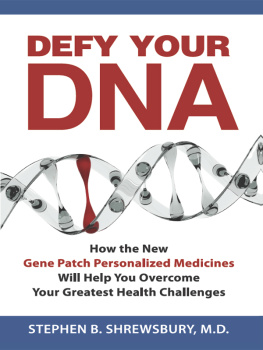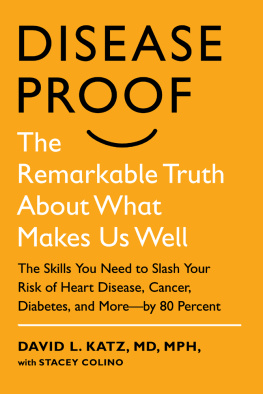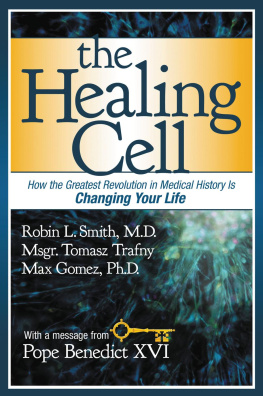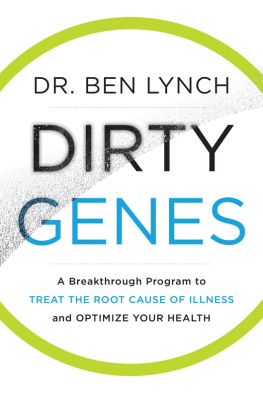Professor Dwight Weller who as Senior Vice President has headed the chemistry department at AVI BioPharma (as it was) since leaving Oregon State University. He has taught me all I know about the chemistry of oligomers and the fact that that is not much is no discredit to him. His review of this manuscript however has been as usual meticulous and constructive.
Professor Ryszard Kole, who worked alongside the Nobel Laureate Professor Sid Altman through the discovery of alternative splicing at Yale University. Ryszard was Senior Vice President of Research and Distinguished Scientist during my time at AVI BioPharma and kindly reviewed and provided input to this manuscript as well as teaching me more about exon skipping than I ever expected to grasp.
Dr. Patrick Iversen, was Senior Vice President of Research and Innovation when I was at AVI BioPharma, and my squash partner in Corvallis! Pat has been the tireless, driving force behind the anti-microbial research for the AVI stable of oligomers and found time to review and comment on the relevant sections of this book.
Mahesh Grossman and his colleagues at The Authors Team have helped me make the book more readable, and reduce sentence length, complexity and use of too much jargon! His support as the chapters have ebbed and flowed and each has been scrubbed and buffed over the last sixteen months has been welcome.
Merry Shiyu Wang has provided excellent illustrations and has been approachable, expeditious and efficient turning out diagrams to my design, while making them scientifically accurate and pleasing to the eye. Thank you!
Preface
S ome years ago, I was a family doctor in Evesham, a quaint, medieval market town on the banks of the River Avon in Worcestershire, in the United Kingdom. I was getting to the end of my morning surgery when the phone rang. A worried patient was hoping I could see her son.
I knew the patient, Mrs. Singh and her son Deepak, as I did most of my patients. But like most parents, she didnt come very often so I did not know her well. Her son was just over three, and I had looked after Mrs. Singh and her husband since before she gave birth to her daughter Jasminder five years earlier. Deepak had been a happy, healthy baby who had passed his 18-month assessment with me despite being a little slow in walking.
Mrs. Singh came in pushing a grinning and content three-year-old in a stroller. As Deepak stared at me, I wondered if maybe he was just enjoying a little extra attention. Mrs. Singh described how her son had become reluctant to walk in the afternoons and evenings. She was worried that he had hurt his leg or, perhaps, had an infection.
I turned to Deepak, squatting down in front of his stroller so that my eyes were on his level. What have you got there? I asked, pointing to a tatty toy he was holding, which I suspected had once resembled a tiger. Deepak beamed but said nothing.
Hoping to entice him to walk, I walked over to a large treasure chest of my own childrens discarded toys that were stowed beneath a couch. I pulled out a squeaking elephant toy. That got his attention.
Look, Deepak, I offered, poking the head of the elephant round the lid of the box and then quickly withdrawing it and squeezing it forcefully. Deepak immediately dropped his tiger and raised himself out of his stroller. He waddled across my examination room toward me - only a few steps, but he seemed indeed rather reluctant. My heart sank. This was not the nimble confident stride of a normal healthy three-year-old.
I gave him the elephant and he sat down with a thump.
I went back to my desk and quickly scanned Deepaks medical records. There was nothing to suggest he was not entirely normal. I quizzed Mrs. Singh about the health of her immediate family, but again there was nothing notable. I continued eyeing Deepak who was playing contentedly. Then he rolled over and struggled to his feet.
With that, I was alarmed.
At medical school, students are taught about rare diseases, but most doctors, especially those with a list of less than 3,000 patients never see a single case of most of them. So the memory fades. But could Deepak have Duchenne muscular dystrophy? It is very rare. It only occurs in boys, often with no family history, and is often undetectable at birth. It could present pretty much the way Deepak appeared now with difficulty walking at around age three with what looked like enlarged calf muscles on his legs.
I got down on my hands and knees and looked carefully at the now standing Deepak, who had become interested in a colorful paperweight on my desk. Certainly he had large calf muscles for a three-year-old. Quite chunky little legs, but were they abnormally so?
This would be a complex diagnosis to make, and a terrible blow to the Singhs. The disease gradually robs boys of muscle power. They lose the ability to walk, and later to even stand with braces, becoming dependent on a wheelchair for mobility. Then they get breathing trouble and require portable ventilators. But despite all the support, they become totally unable to move and often die in their early twenties when their heart muscle also fails, if they survive that long.
Little progress has been made on this terrible disease since it was first described by the French neurologist, Guillaume Duchenne, in 1891. Despite intense study by scientists and doctors over the last century, there is no cure. In 1986, scientists discovered any one of many mutations in a single gene can cause the muscle cells of these boys to fail to make a vital protein. As a result, their muscles waste away. High doses of steroids temporarily delay the inevitable, but no effective treatment existed then or now, and steroids bring problems of their own.









